Celebrating “Second Spring” in the Southwest Garden
Cultivating Wildflowers: Nature’s Colorful Display
Rediscovering the Desert’s Beauty in Fall
As summer begins to slowly fade and the heat begins to dissipate, the Southwestern garden comes alive with second spring.
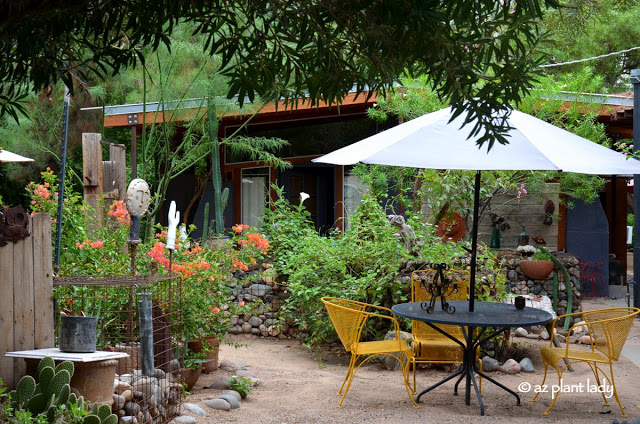
In the absence of scorching 100+ degree temperatures, both plants and people reawaken to the vibrant beauty of the desert landscape during the fall season.
The Allure of Autumn is “Second Spring”
When people talk about their favorite season, many will tell you that spring is the time that they enjoy the most as their gardens come alive, spring forth with new green growth and colorful blooms. But in the desert Southwest, there’s another season that deserves just as much acclaim – fall, often referred to as the “second spring.”
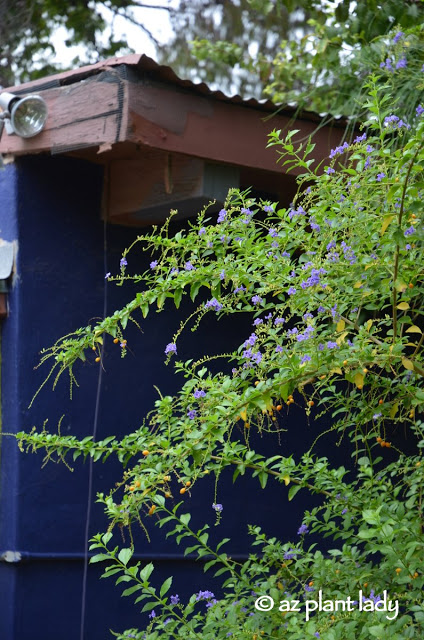
Sky Flower (Duranta erecta)
While spring is a glorious time in the desert landscape with winter blooms overlapping with spring flowering plants along with cactus flowers – it isn’t the only ‘spring’ that the desert experiences.
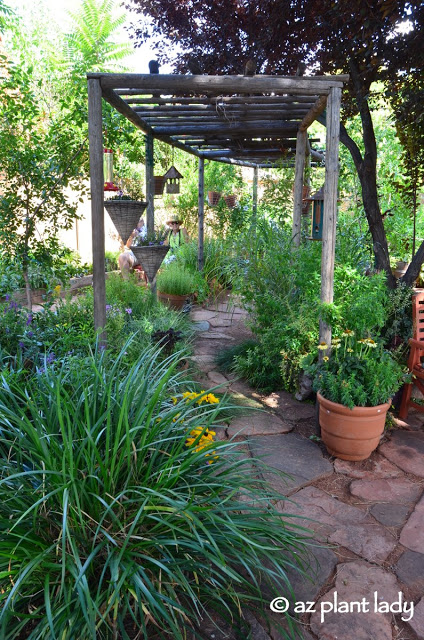
A Season of Renewal
Fall in the desert brings a rejuvenating touch. The cooler temperatures breathe new life into plants, coaxing them into refreshed appearances and prolonging their flowering displays. Irrigation becomes less of a chore. Birds, butterflies, and various wildlife also make a prominent return during the daytime hours.
The Great Outdoors Beckons
With the arrival of fall, desert residents find themselves irresistibly drawn outdoors. Whether it’s leisurely walks, al fresco dining, or simply working outdoors, the comfortable temperatures and captivating landscapes make every moment spent outside a delight.
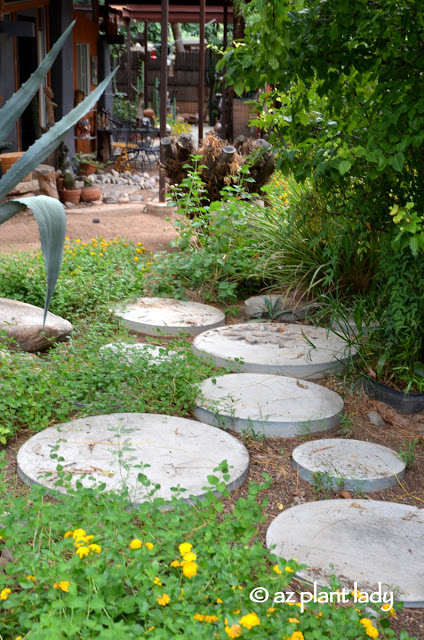
Fall is the ideal season for making alterations to your garden. It’s the perfect time to replace thirsty, old plants with drought-tolerant alternatives or expand your outdoor living space by adding new features like patios or pergolas.
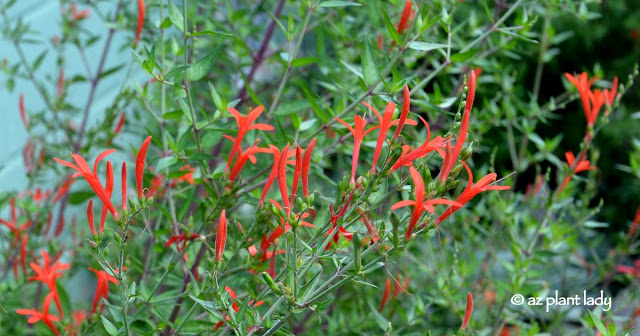
Flame Acanthus (Anisacanthus quadrifidus v. wrightii)
Second Spring Planting for the Future
Regardless of your garden’s location, fall stands as the prime season for introducing new plants to your landscape. With three growing seasons ahead, it offers them the opportunity to establish robust root systems before the next scorching summer arrives.
No matter what garden region you live in – second spring is the best time of year to add new plants to the landscape as it provides plants with three seasons in which to grow a good root system before the heat of the next summer arrives.
**Thinking of making some changes to your landscape? Click here for a list my favorite drought tolerant plants that provide fall blooms.

 Noelle Johnson, aka, 'AZ Plant Lady' is a author, horticulturist, and landscape consultant who helps people learn how to create, grow, and maintain beautiful desert gardens that thrive in a hot, dry climate. She does this through her consulting services, her online class Desert Gardening 101, and her monthly membership club, Through the Garden Gate. As she likes to tell desert-dwellers, "Gardening in the desert isn't hard, but it is different."
Noelle Johnson, aka, 'AZ Plant Lady' is a author, horticulturist, and landscape consultant who helps people learn how to create, grow, and maintain beautiful desert gardens that thrive in a hot, dry climate. She does this through her consulting services, her online class Desert Gardening 101, and her monthly membership club, Through the Garden Gate. As she likes to tell desert-dwellers, "Gardening in the desert isn't hard, but it is different."
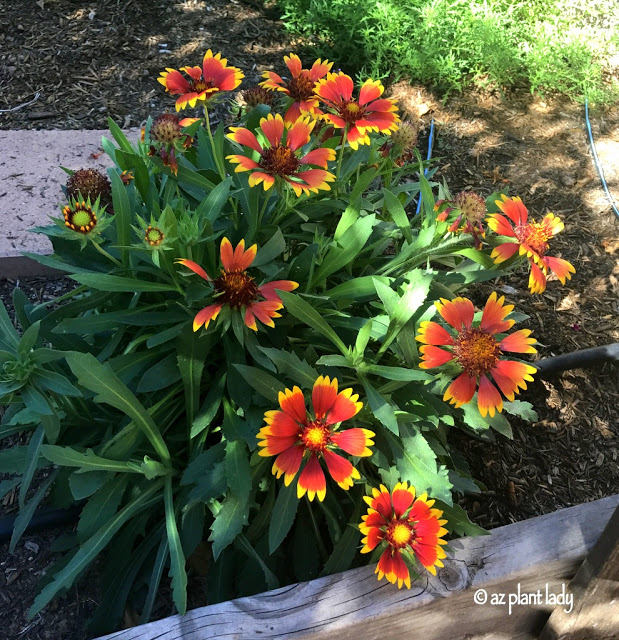
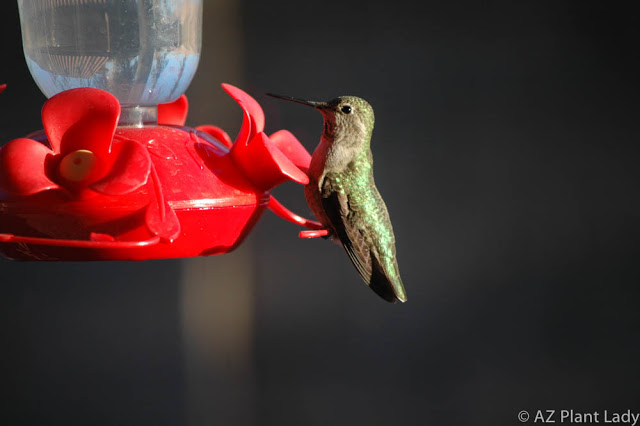

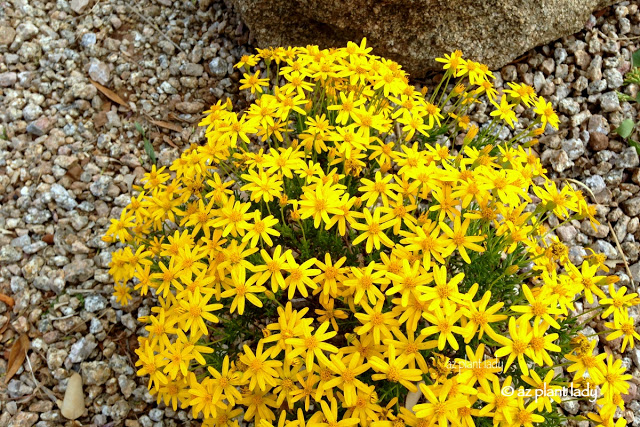
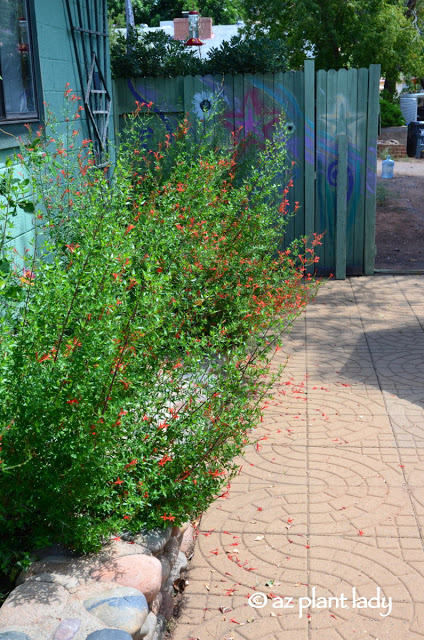
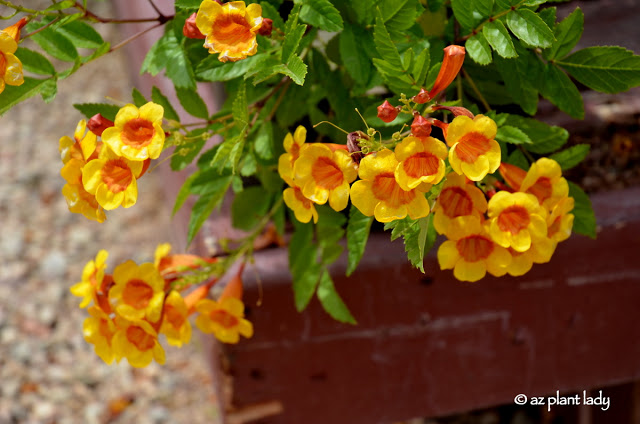






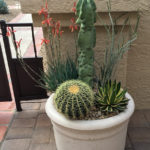
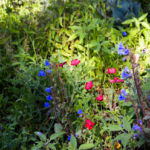
In the fall I enjoy all the "common" or "pedestrian" plants. Bouganvillea, lantana, and leucophyllum are gorgeous right now. Caesalpinia and calliandra, one going, the other coming, are beautiful too I notice.
Even here in the midwest, fall is welcome indeed for the decrease in humidity!
I'm so excited about Fall, I can barely stand it!
I like your term "second spring". I had never thought of it that way. Here all the beautiful Autumn colors are starting to show – but we all know what comes next – ice and snow – ugg! Jack
Hi Brian,
They are truly lovely. You make a great point that just because plants may be 'pedestrian' but lovely in the fall landscape!
Robin and Claudette,
Me too! Although, I spent the day touring gardens in Southern California in 101 degree heat! It was actually cooler in Phoenix 😉
This has been an extended summer here, so I look forward to our 2nd spring, soon…instead of 90's, 80's and even 70's…for highs! Last night was actually cool way before midnight. I agree on fall planting, much more success. Nice Anisacanthus…
Although my climate is so different from yours, I try to get new plantings done at this time of year so that the plants can "sleep" over the winter, be ready to "creep" in the spring and then "leap" into maturity the following year. -Jean